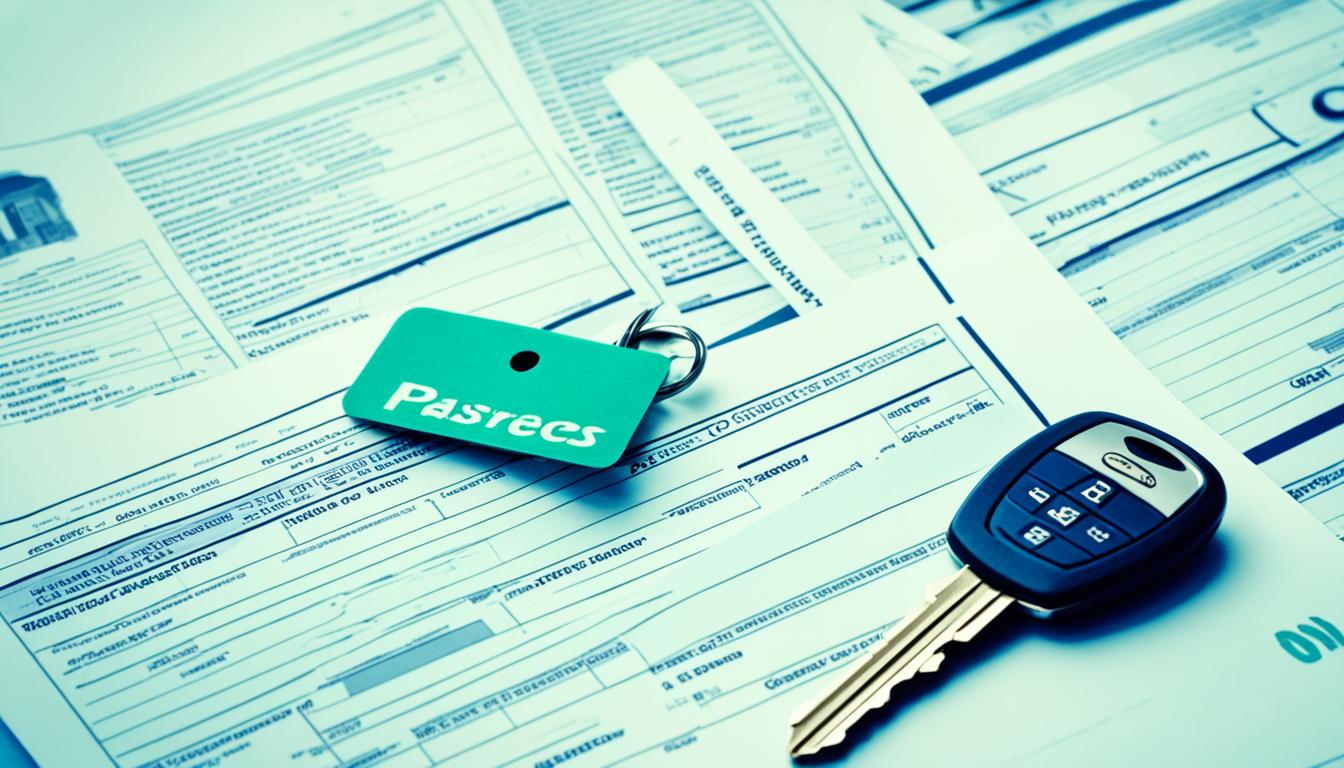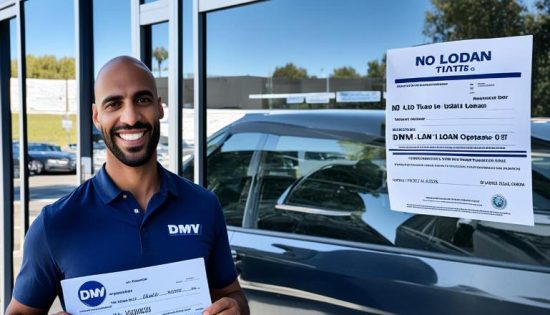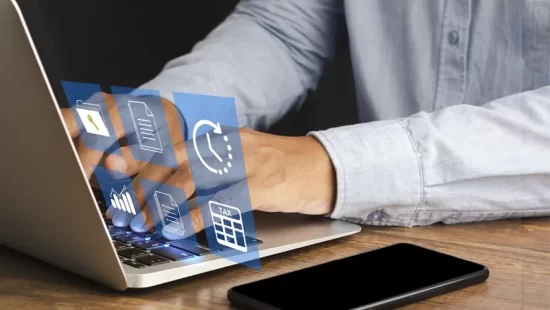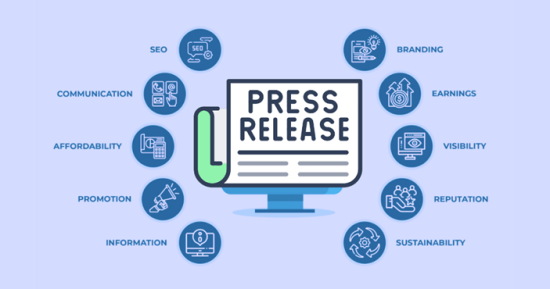
Wondering how to get the title after paying off your car loan? Securing your vehicle’s title is essential for proving ownership and facilitating legal transactions. After completing your loan payments, you’ll need to contact your lender to initiate the title release process. Subsequently, completing necessary paperwork at the DMV ensures a smooth transition of ownership and protects your vehicle investment. Understanding state-specific requirements is crucial for navigating this process effectively.
How to Get Title After Paying Off Car Loan?
Once you’ve paid off your car loan, obtaining the title is the next step in securing ownership of your vehicle. The process of getting your car title may vary depending on whether you live in a title-holding state or a non-title-holding state. In this section, we will guide you through the specific procedures for each scenario, ensuring a smooth transition to becoming the official owner of your vehicle.

In a title-holding state
In a title-holding state, the lender holds the title until the loan is fully paid off. To obtain your title after paying off the car loan, you will need to follow these steps:
- Step 1: Confirm loan clearance – Ensure that your car loan has been completely paid off. Contact your lender or review your loan agreement to determine the status of your loan.
- Step 2: Secure a lien release – Request a lien release from your lender. This document confirms that the loan has been satisfactorily repaid and that the lender no longer has a claim on the vehicle. The lien release typically includes the vehicle identification number (VIN), your name, and the lender’s information.
- Step 3: Submit required documents – Take the lien release, along with any additional required documents, to your local Department of Motor Vehicles (DMV). These documents may include proof of identification, vehicle registration, and the loan payoff statement.
- Step 4: Pay applicable fees – Pay any necessary fees associated with the title transfer process, such as title fees or administrative fees. These fees vary by state and may also include taxes.
- Step 5: Receive your title – Once all documents have been processed and fees are paid, the DMV will issue you a new vehicle title in your name without the lienholder’s information.
In a non-title-holding state
In a non-title-holding state, where the owner holds the title, you will need to follow these steps to obtain your vehicle title after paying off your car loan:
- Step 1: Confirm loan clearance – Verify that your car loan has been fully paid off. Contact your lender or review your loan agreement to ensure that there are no outstanding balances.
- Step 2: Obtain a lien release – Request a lien release document from your lender. This document serves as proof that the loan has been fully repaid and that the lender no longer has any claim on the vehicle.
- Step 3: Notify the lienholder – Send a notification to the lienholder, informing them that the loan has been satisfied and requesting that they mail the vehicle title to you.
- Step 4: Receive the title – Once the lienholder receives the notification and processes it, they will release the vehicle title and mail it to you directly. This may take some time, so be patient while awaiting the arrival of your title.
Navigating Communications with Your Lender
When it comes to obtaining the title after paying off your car loan, effective communication with your lender is key. Here are some important steps and considerations to keep in mind throughout the process.
Obtaining a Lien Release
Before you can receive the title to your vehicle, you’ll need to ensure that the lien on your car has been released. A lien release is a document that confirms that you have satisfied your loan and that the lender no longer has a legal claim on your vehicle. Reach out to your lender and request a lien release form or document that certifies the release.
Contacting Your Lienholder

Once you have obtained the necessary lien release, it’s time to contact your lienholder to initiate the title retrieval process. Your lienholder is the financial institution or lender that held the lien on your car. It’s crucial to have accurate contact information for your lienholder, so double-check your records or contact your loan servicer for assistance.
When reaching out to your lienholder, be sure to clearly communicate your intention to retrieve the title and provide any required documentation they may need. Polite and professional communication will facilitate a smooth process.
Confirmation of Loan Payoff
While contacting your lienholder, it’s important to request a confirmation of loan payoff. This document serves as proof that you have fully repaid your loan and can be useful in subsequent interactions with the Department of Motor Vehicles (DMV) or other relevant entities.
Having open lines of communication with your lender throughout the title retrieval process will help ensure that all necessary steps are completed efficiently and accurately. Stay organized, keep records of all correspondence, and follow up promptly on any requests or inquiries.
Walkthrough of DMV Procedures for Title Retrieval
In this section, we will provide a step-by-step walkthrough of the DMV procedures involved in title retrieval after paying off your car loan. It’s important to follow these procedures correctly to ensure a smooth transition of ownership and obtain your title without any delays.
Checklist of Required Documents
Before heading to the DMV, make sure you have gathered all the necessary documents to complete the title transfer process. The following checklist will help you ensure that you have everything you need:
- Original title or certificate of ownership
- Lien release letter or document
- Vehicle identification number (VIN)
- Proof of insurance
- Valid identification (driver’s license or state ID)
Understanding DMV Title Transfer Fees
As part of the title retrieval process, the DMV will charge certain fees. These fees vary from state to state and depend on factors such as the vehicle’s value, age, and type. It’s important to be aware of these fees upfront to avoid any surprises. Contact your local DMV office or visit their website to find out the specific title transfer fees applicable in your state.
How Long Does It Take to Get Your Title After Loan Payoff?
One of the most common questions people have after paying off their car loan is how long it will take to receive their title. The processing time for getting your title can vary depending on several factors, including title processing time, DMV processing time, and lien release processing.
To give you an idea of the typical timeline, let’s break down each step in the process:
1. Title Processing Time: After your final loan payment, the lender will initiate the title processing. This step involves verifying that the loan has been paid in full and preparing the necessary paperwork for the title transfer. The time it takes for this process can vary from one lender to another, but it typically takes a few days to a few weeks.
2. DMV Processing Time: Once the lender has processed the title, it will be sent to your local DMV or equivalent government agency for further processing. The DMV will review the paperwork, ensure all necessary documents are included, and verify the lien release. The DMV processing time can vary depending on the workload at your specific location, but it generally takes a few days to a couple of weeks.
3. Lien Release Processing: If there was a lien on your vehicle, the lender will need to release the lien once the loan is paid off. This is an important step to ensure that the title can be transferred to your name. The time it takes for the lien release processing can vary depending on the lender and their internal procedures. It can range from a few days to a few weeks.

Overall, the entire process of getting your title after loan payoff can take anywhere from a few weeks to a couple of months, depending on the specific circumstances. Factors such as the efficiency of your lender and DMV, as well as any delays in lien release processing, can impact the overall timeline.
Navigating Electronic Liens and Titles (ELT) Systems
Electronic liens and titles (ELT) streamline the car title retrieval process post-loan payoff by electronically notifying lienholders and transferring title ownership. Understanding state-specific ELT systems and staying in communication with lenders ensures efficient lien release and smooth title transfer. Keeping organized records of notifications and documents enhances peace of mind regarding vehicle ownership.
What to Do If You Can’t Find the Lienholder?
In the unfortunate event that you are unable to locate the lienholder after paying off your car loan, it is essential to take the necessary steps to resolve the situation and retrieve your car title. Here are some important actions you can take:
- Conduct a title search: If you are missing lienholder contact information, conducting a title search can provide valuable information about the current lienholder. You can hire a professional title search company or utilize online resources to assist you in this process. Be sure to include the relevant details such as the vehicle identification number (VIN) and your personal information when initiating the search.
- Contact the DMV or state agencies: If your efforts to find the lienholder through a title search prove unsuccessful, reach out to your local Department of Motor Vehicles (DMV) or other relevant state agencies. They can provide assistance and guidance on how to proceed further. Remember to provide them with all the details regarding your attempt to locate the lienholder.
- Consider the abandoned title process: In cases where all attempts to find the lienholder have been exhausted, you may need to explore the option of obtaining an abandoned title. This process involves contacting the appropriate state agency and demonstrating that you have made reasonable efforts to locate the lienholder without success. Each state has its own specific requirements and processes, so it is essential to familiarize yourself with the regulations in your state.
Exploring the Costs Associated with Obtaining Your Car Title
Obtaining the title to your vehicle after paying off a car loan involves several fees. These include a title retrieval fee to cover administrative expenses, lien release fees if there was a lien on the vehicle, DMV fees for updating ownership information, and title transfer fees for legally transferring ownership and issuing a new title. These costs vary by state and are essential to budget for to ensure a smooth ownership transition without unexpected expenses.
Handling an Out-of-State Title Transfer After Loan Clearance
Transferring a car title to a different state after paying off a loan involves contacting both the current and new state DMVs for specific requirements. Gather necessary documents like a lien release and proof of identification, then submit them with applicable fees to the new state’s DMV. Ensure compliance with both states’ regulations to facilitate a successful out-of-state title transfer and obtain a new title reflecting ownership in the new state.
When financing a car, who has the title?
During a car loan, the title is held by the lienholder (usually a lender) as collateral until the loan is paid off. You remain the registered owner, able to use the vehicle, but the lienholder’s name is on the title. After loan repayment, the lienholder releases their claim, allowing you to apply for a new title showing sole ownership. Regulations on title ownership vary by state, so check with your local DMV for specific processes.
Best Practices for Protecting Your Newly Acquired Title
Now that you have successfully paid off your car loan and have received the title document in your name, it’s crucial to implement best practices for protecting this important proof of ownership. By doing so, you can ensure the security and longevity of your title, avoiding potential issues down the road.
One of the first steps in title protection is securely storing the document. Consider investing in a fireproof and waterproof safe to keep your title safe from any unforeseen accidents. Additionally, make copies or take high-resolution photos of the document and store them securely in a digital format, such as a password-protected cloud storage service.
It is important to keep your title document separate from your vehicle, as losing or misplacing it can lead to complications. Store your title in a location that is easily accessible yet safe from theft or damage. Avoid leaving it in the glove compartment or any other obvious places where it could be easily taken or destroyed.
To further protect your title, consider notifying your insurance company of the title acquisition. This will ensure that in the event of theft or damage to your vehicle, your insurance policy considers the full value of the car, including its new title status. It’s always better to be proactive and have the necessary coverage in place.
FAQs on Paying off Car Loan
How can I check if my car loan is paid off?
To check if your car loan is paid off, you can contact your lender directly and request a payoff statement. This statement will provide you with the exact amount needed to clear the remaining balance on your loan. You can also review your loan documents or contact your lender to confirm if your loan has been fully paid off.
How can I prove that my car is paid off?
To prove that your car is paid off, you will need a lien release document from your lender. This document serves as proof that you have satisfied your loan obligation and officially releases the lien on your car. You can obtain a lien release by contacting your lender and requesting it. Once you have the lien release, keep it in a safe place as it may be required for future transactions involving your car.
Can you get a title on a car that is not paid off?
No, you cannot get a title for a car that is not paid off. The title of a car serves as proof of ownership, and until the loan is fully paid off, the lender retains a lien on the title. Once you have paid off your car loan, the lender will provide a lien release, and you can then apply for the title transfer with the appropriate authorities, such as the Department of Motor Vehicles (DMV) in your state.
What are the benefits of having my car loan paid off?
Having your car loan paid off offers several benefits. Firstly, you will own your vehicle outright, giving you the freedom to sell, trade, or modify it as you wish. Additionally, without a monthly loan payment, you will have more financial flexibility and can allocate those funds towards other priorities. Furthermore, paying off your car loan can improve your credit score and financial standing, as it demonstrates responsible borrowing and repayment behavior.








